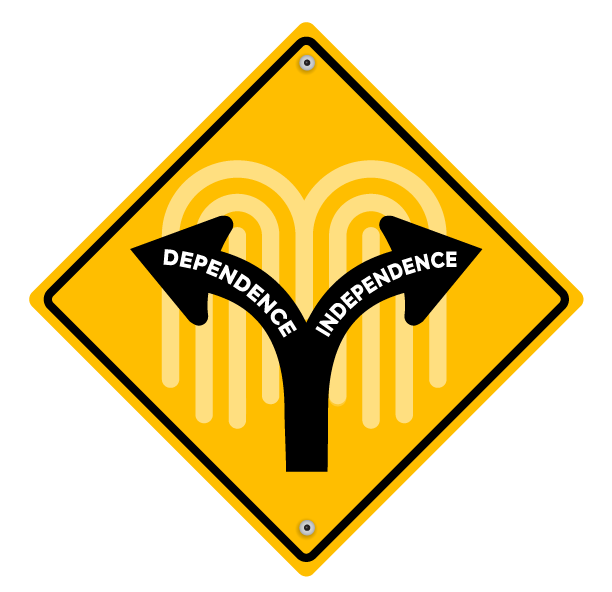Yogi Berra famously said, “when you come to a fork in the road, take it”. These forks come frequently in life and allow us to make decisions and take actions which have large impacts on our future relationships, employment opportunities, and our health. The decision to exercise in adults is an important one because of its’ ability to alter the path of our mental, emotional, and physical health. In the older adult exercise may be just what the doctor ordered to alleviate their fears of dependency on caregivers, friends, and family. An over simplified definition of independence includes all the activities you did this morning (transferring out of bed, using the toilet, showering, grooming, dressing, eating, and walking) without assistance. We have all seen close loved ones lose function rapidly once they lose independence with one of these basic tasks. In particular, loss of independence with walking seems to be the first limited or lost task before dependency. Thankfully, exercise remains a cheap and easy path towards longer independence.
A classic study from the Journal of the American Medical Association highlights the impact of exercise and physical activity within this population of older adults (Pahor et al. 2014). This large scale study with a telling acronym of LIFE (lifestyle interventions and independence for elders) was conducted over multiple centers around the country. Authors randomized 1635 sedentary men and women aged 70-89 years old to either a near daily exercise program (twice supervised at the center and thrice at home) consisting of aerobic, resistance, and flexibility training or to health education program consisting of lectures and workshops on health. As expected, the participants enrolled in the moderate intensity exercise program experienced less disability over the two and half year study period compared to their sedentary peers. Essentially preserving independence in this at risk population.
Click Here to learn which exercises are most important for your independence

